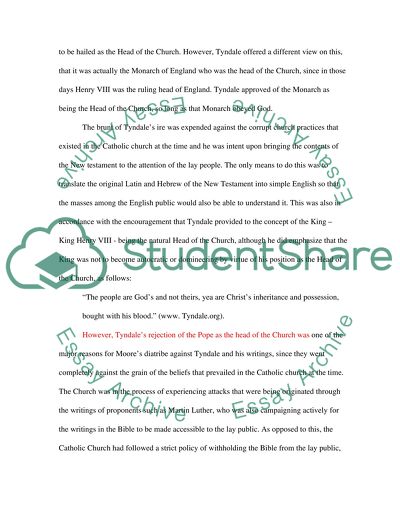Cite this document
(Translation of the New Testament of the Bible Case Study, n.d.)
Translation of the New Testament of the Bible Case Study. Retrieved from https://studentshare.org/english/1541401-evaluate-the-validity-of-the-reasons-given-by-thomas-moore-for-his-condemnation-of-william-tyndales-english-translation-of-the-new-testament
Translation of the New Testament of the Bible Case Study. Retrieved from https://studentshare.org/english/1541401-evaluate-the-validity-of-the-reasons-given-by-thomas-moore-for-his-condemnation-of-william-tyndales-english-translation-of-the-new-testament
(Translation of the New Testament of the Bible Case Study)
Translation of the New Testament of the Bible Case Study. https://studentshare.org/english/1541401-evaluate-the-validity-of-the-reasons-given-by-thomas-moore-for-his-condemnation-of-william-tyndales-english-translation-of-the-new-testament.
Translation of the New Testament of the Bible Case Study. https://studentshare.org/english/1541401-evaluate-the-validity-of-the-reasons-given-by-thomas-moore-for-his-condemnation-of-william-tyndales-english-translation-of-the-new-testament.
“Translation of the New Testament of the Bible Case Study”. https://studentshare.org/english/1541401-evaluate-the-validity-of-the-reasons-given-by-thomas-moore-for-his-condemnation-of-william-tyndales-english-translation-of-the-new-testament.


